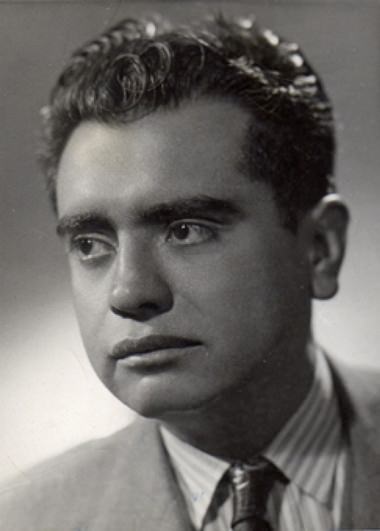I can’t remember why I first went to Mexico but it must have seemed a good idea at the time. Strangely enough, some Mexicans slightly resemble Thai people with the result that sometimes I absent-mindedly addressed them in broken Thai rather than in broken Spanish. I was surprised that so few Mexicans spoke English though in retrospect there is no earthly reason why they should. So I was jolly glad that I’d spent a couple of months brushing up my Spanish before going.

This physical similarity seems to give credence to the theory that around 50,000 years ago nomads from Asia crossed the land bridge between Siberia and Alaska and over hundreds of years moved further and further south.
The history of modern Mexico’s is divided into two main parts; before and after the Spanish conquest. Reminders of its Aztec and Spanish history sit side by side and the country has some wonderful ecclesiastical colonial architecture including over a hundred cathedrals. Only this afternoon, I discovered to my surprise that Thailand has eleven cathedrals but I’ll let you find out where they are for yourself.
Of course, Mexico had an advanced civilization long before the Aztecs. The city of Teotihuacán – which lay slightly north-east of today’s Mexico City – was the finest and most impressive city in the ancient world and reached its zenith between 200 and 500 AD. Today, tourists visit the site in busloads to see the remains of this once-great city, especially the enormous pyramids.
Independence Day celebrates freedom from Spain on 16th September 1810. It’s commemorated with fireworks, fiestas, food, dance and music. And what music! The country has an incredibly rich tradition of many styles of folk music and different types of ensemble, including the ubiquitous mariachi bands. They typically use violins, guitar and trumpets along with the vihuela and the guitarrón, a huge acoustic bass guitar. If you’re in a restaurant in Mexico, don’t be surprised if a mariachi band suddenly wanders in to entertain the diners.
Much of Mexico’s “classical” orchestral music is as colourful as the country’s history, yet today only a handful of names are recognised beyond its borders, notably Aniceto Ortega, Carlos Chávez, Silvestre Revueltas and Jos้ Pablo Moncayo García.
Rejoicing in the name of Carlos Antonio de Padua Chávez y Ramírez, the composer was one of the most influential of all Mexican musicians. He was also a conductor, music theorist, educator, journalist and the founder and director of the Mexican Symphonic Orchestra.
Chávez was an incredibly prolific composer and freely drew on native cultures for his distinctive and often highly percussive music. His output includes five ballets, seven symphonies, four concertos, a cantata and opera as well as many chamber works. He also found time to write two books on modern music and over two hundred articles on music.
Sinfonía India was completed in 1936 and is based on melodies from Native American tribes of northern Mexico, hence the title. The percussion section originally included a large number of indigenous Mexican instruments including the jicara de agua (half of a gourd inverted partly submerged in a basin of water and struck with sticks), the tenabari (a string of butterfly cocoons), and the grijutian (a string of deer hooves). There’s a wonderful finale and listening to this raw energetic music, it’s not difficult to see where other Mexican composers like Silvestre Revueltas found their inspiration.
Incidentally, you’ll need a good sound system or high quality headphones to fully appreciate this thrilling and relentlessly percussive music.
Moncayo is almost unknown outside his native Mexico where he’s considered one of the country’s major orchestral composers. He wrote many orchestral works, chamber music, a couple of symphonies, an opera and a ballet.
The huapango is a Mexican folk dance which has a complicated rhythmic structure mixing duple and triple meters. Incidentally, the orchestra in this video was once called the Simon Bolivar Youth Orchestra of Venezuela. However, the ageing members could no longer be reasonably described as “youths” and the name was subsequently changed. The brilliant Gustavo Dudamel is their chief conductor and he’s also Music Director of the Los Angeles Philharmonic. Those who know Dudamel personally comment on his dedication and passion for music, his capacity for sheer hard work and his prodigious feats of memory.
Written in 1941, this music is Mexican to the core. It’s a power-house of brilliantly articulated sounds with a wonderful sense of place. The music has raw energy and heart-tugging moments of poignant and ravishing melody. If any music has the ability to make you weep with joy, this is it.
 |
 |
 |





